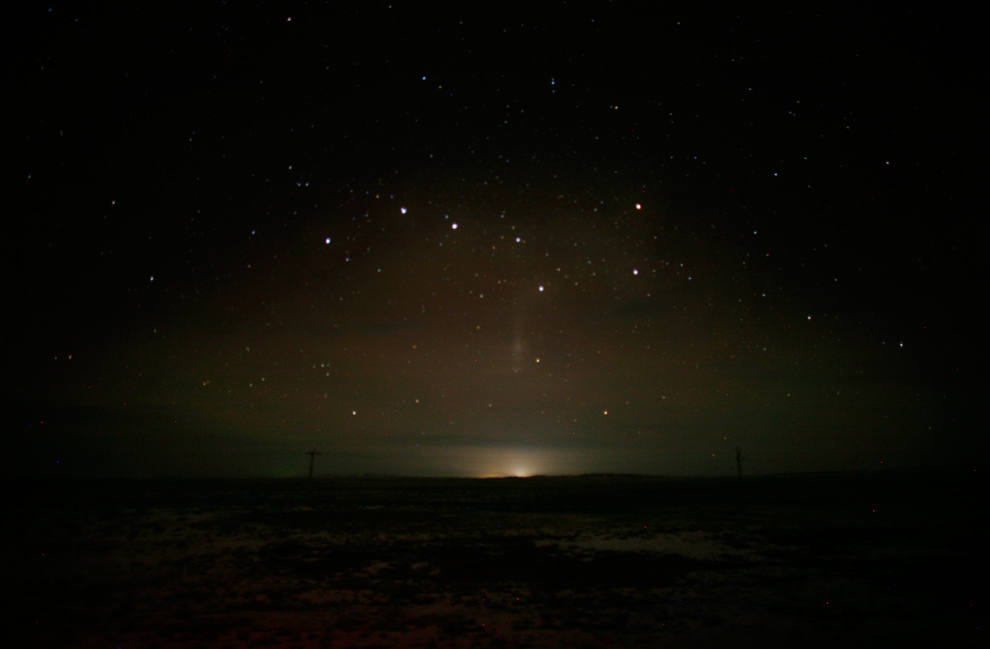Kazakhstan's radioactive legacy: The photography of Ed Ou
Sixty years ago, the Soviet Union detonated its first nuclear weapon, nicknamed “First Lightning”, at a test facility on the steppe of northeast Kazakhstan (formerly the Kazakh SSR). The test site, named the Semipalatinsk Polygon, would go on to host 456 atomic explosions over its 40-year existence. Residents in the surrounding area became unwitting guinea pigs, exposed to the aftereffects of the bombs both intentionally and unintentionally. The radiation has silently devastated three generations of people in Kazakhstan – the total number affected is thought to be more than one million – creating health problems ranging from thyroid diseases, cancer, birth defects, deformities, premature aging, and cardiovascular diseases. Life expectancy in the area is seven years less than the national average of Kazakhstan. Photographer Ed Ou has graciously shared with us these photos from the area, with thanks to the excellent Reportage by Getty Images.
Kazakhstan’s radioactive legacy
